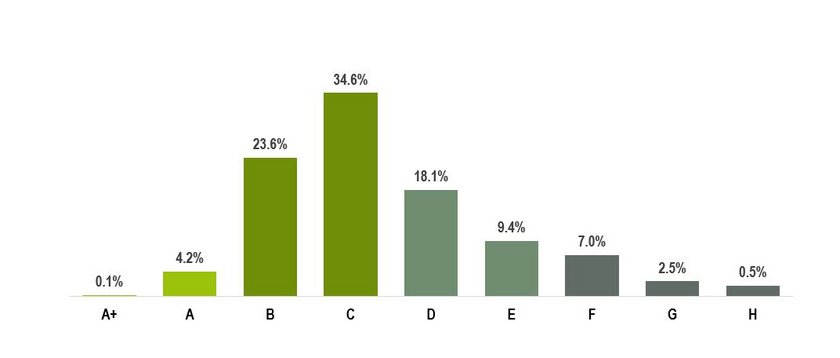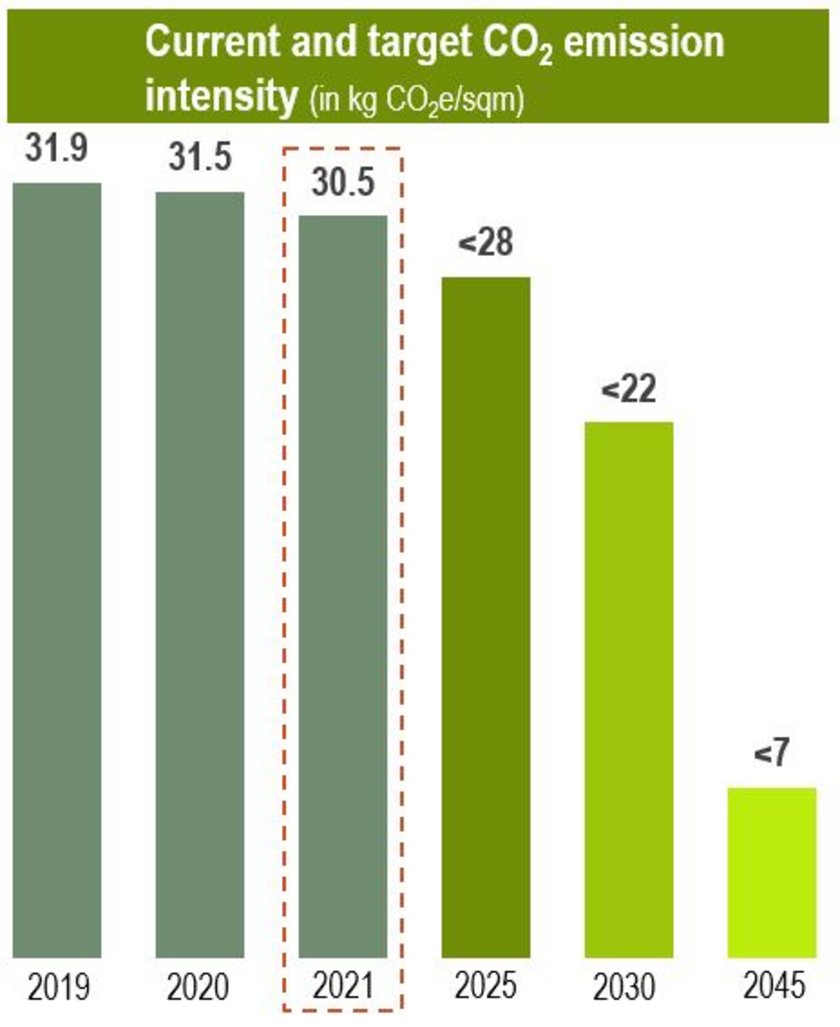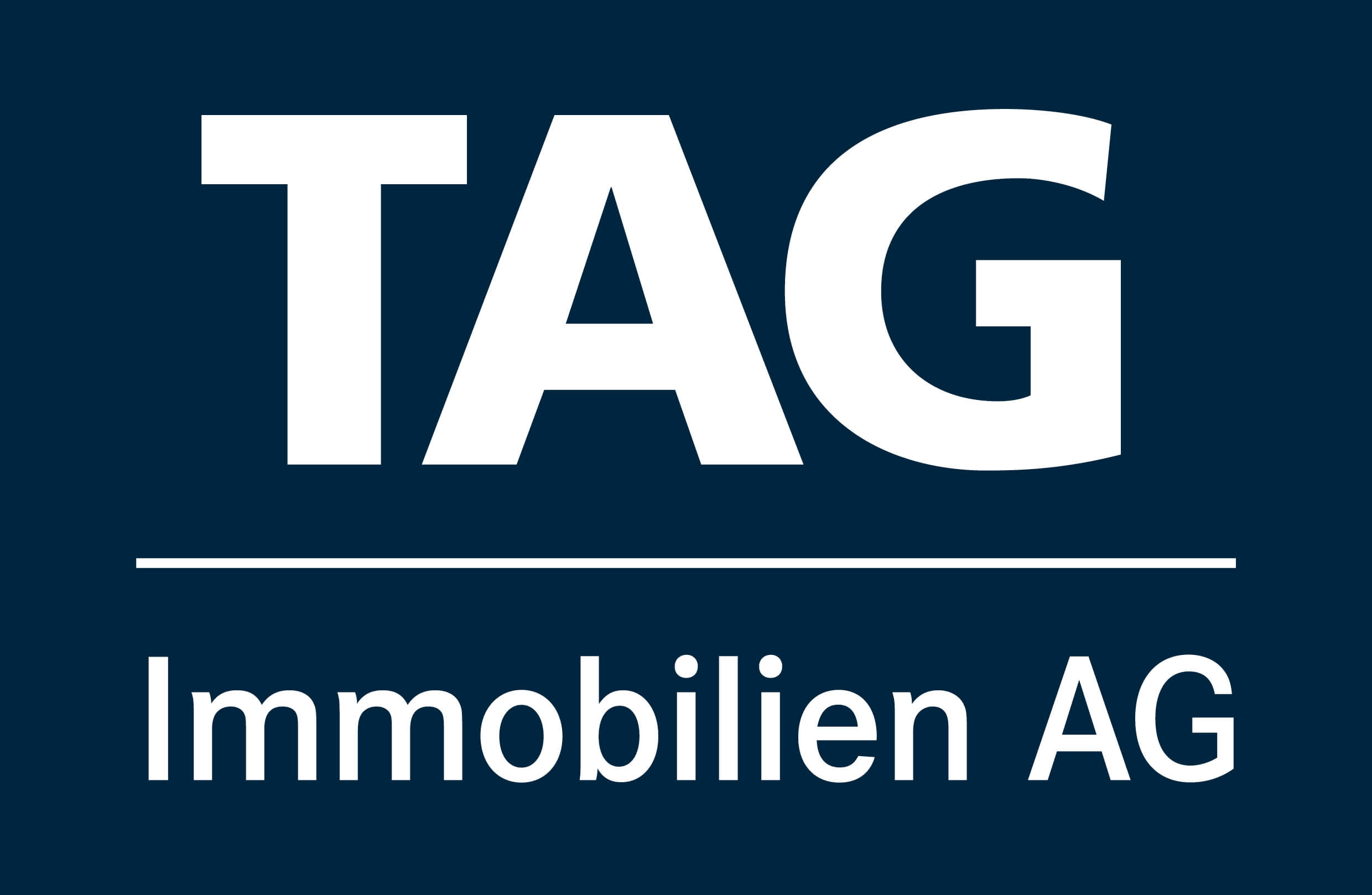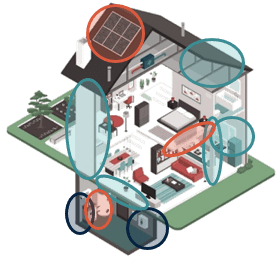Decarbonization strategy
In addition to social targets and professional corporate governance, the reduction of carbon emissions is a clear target of TAG's effort for a sustainable business development. In the long term, we want to develop and manage a nearly climate-neutral portfolio. To this end, we have developed a comprehensive decarbonization strategy, which was adopted by the Management Board and Supervisory Board in 2021. It includes maintenance and modernization needs as well as the entire supply chain and materials with internal emission control.
Status Quo
- Full commitment to reach CO2 emission level in line with 1.5oC climate goal
- Conducted study to define measures required to achieve goal
- Current emission of 30.5 kg/sqm (based on last available data for 2021)

Current annual carbon emission levels of TAG's portfolio of 30.5 kg CO2/sqm in 2021 are already below average of other leading housing companies active in Germany. Furthermore, TAG is determined to reduce the emission footprint further to less than 28 kg/sqm by 2025 and less than 22 kg/sqm by 2030. The long-term target is a reduction to less than 7 kg/sqm by 2045. This will be achieved by a sustainable investment programme with a total volume of c. EUR 690m to be invested until 2045. This translates into future capex requirements of on average c. EUR 19 per sqm annually (current capex of c. EUR 13-14 per sqm p.a.).

Measure
- Changes in energy-mix
- Improvements in heating technology
- Isolation of buildings
- Total investment programme of approx. EUR 690m until 2045 committed
- Green district heating, green electricity
- Exterior wall insulation, basement ceiling insulation, hydraulic balancing of lines and windows
- Photovoltaics, hydraulic balancing of radiators, energy generation systems and smart thermostatic valves
| (in EURm) | Total | In % |
|---|---|---|
| Insulation/windows | 304.7 | 44.2% |
| Power generation facilities | 129.2 | 18.8% |
| Photovoltaic | 69.8 | 10.1% |
| Smart building technology | 42.0 | 6.1% |
| Hydraulic balancing system | 40.0 | 5.8% |
| Reformation into centralized systems | 38.8 | 5.6% |
| Combined heat and power unit | 22.2 | 3.2% |
| Planning cost | 42.0 | 6.1% |
| Total | 688,8 | 100% |

